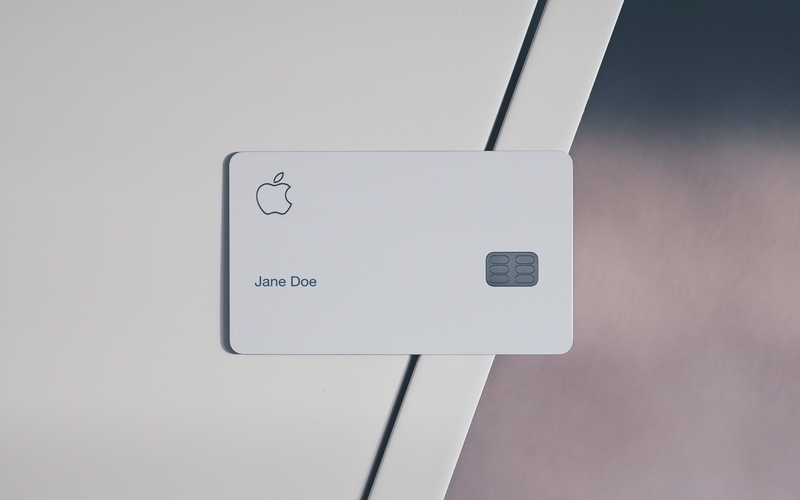The study, conducted by ING, found that more than half of Australians (56%) have done online banking while watching TV, while one in five (20%) of us are sorting our finances from the toilet.
Comparatively, just 16% choose to go into a physical bank.
This increased visibility over their money has allowed more than two-thirds (65%) of Aussies over the age of 35 to be better at saving than they were 20 years ago.
According to ING’s Head of Digital and Innovation, Chris Barwick, Australians are leading busier lives than ever, and a new wave of ‘lifestyle bankers’ are taking advantage of digital banking to access their accounts from the comfort of their home.
“Being able to quickly access banking information is also a driving catalyst to becoming a better saver, and as people grow up with technology at their fingertips, this trend will continue to build,” Mr Barwick said.
In true Australian fashion, three quarters of respondents say a great digital banking experience is ‘simple, reliable banking technology that makes life easier.’
This beat out ‘having access to the latest, wearable banking tech (14%), ‘making payments via social media platforms’, and ‘customer service chatbots’ (11%).
Phones killed the ATM star
Digital banking is also causing the demise of ‘ATM anxiety’, with 79% of Australians over 35 saying they no longer have a phobia of checking how much is in their bank account.
These changes could be in part due to the large number of branches and ATMs disappearing, forcing people to interact with their bank via the internet.
News Corp Australia research found the big four banks closed 125 branches in the 12 months to May last year, while ATM numbers fell by 450 between September 2017 and May 2018.
This supports Reserve Bank of Australia (RBA) data, which shows cash withdrawals steadily declining by nearly 10% every year.
A recent RBA paper published this month said this trend is likely to continue.
“Cash use is declining and with it the number of ATMs and other cash access points,” the RBA paper said.
“While it will probably have relatively little impact on those living in metropolitan areas, it is important that reasonable access to cash services is maintained for people in regional or remote locations as long as such access is needed.”
The RBA’s research also found that cash customers in Australia tended to be older, poorer and had lower levels of education.



 Denise Raward
Denise Raward
 Harry O'Sullivan
Harry O'Sullivan


 William Jolly
William Jolly

